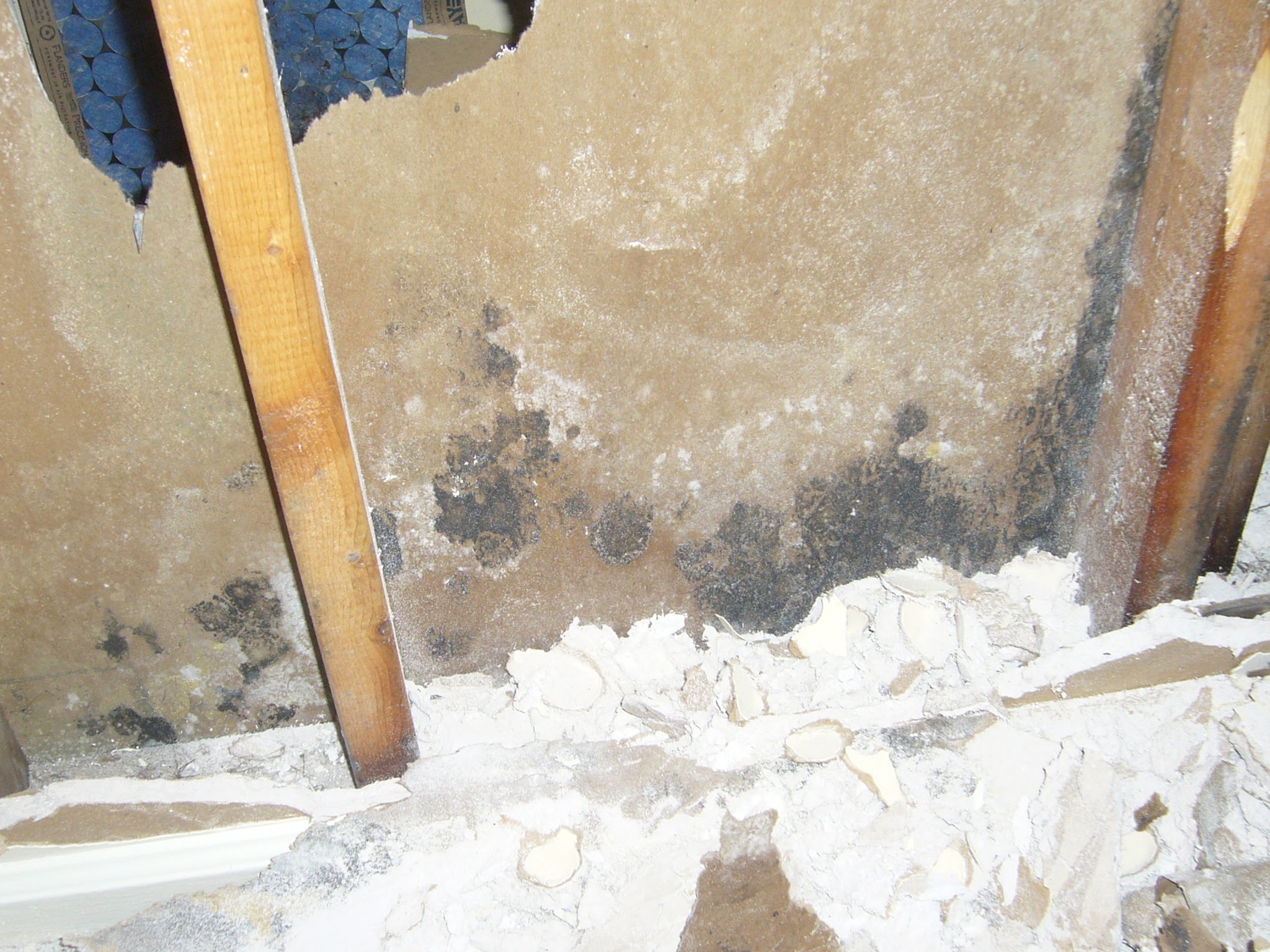Ways to Fix a Water-Damaged Wall in the Bathroom
Ways to Fix a Water-Damaged Wall in the Bathroom
Blog Article
Were you trying to locate help about Looking for Signs of Water Damage in the Bathroom?

The restroom is very prone for wet buildup and also possible water damages due to the frequent use of water in it. This article offers simple evaluation techniques to help spotting water damage hazards.
The frequent use of water in the bathroom makes it extremely vulnerable for wet buildup and prospective water damages. By inspecting it regularly, you can reduce water related problems.
The following set of examinations is very easy to execute as well as must be done when in every 3 months in order to maintain your washroom healthy and also to avoid prospective water damages brought on by the tub, the shower, pipe joints and plumbing, sinks, closets, and also the bathroom
Do not overlook performing these examinations and also be detailed while doing them. Bear in mind that these easy inspections can conserve you a great deal of cash by offering very early signs for water damage
Sinks and Cabinets
Sinks and also cabinets are revealed to wetness and moisture everyday and are usually ignored. Examine regularly under the sink and also on the counter top above it. Fix any type of drip in the trap as it might suggest drainpipe issues. Look around the sink, slow-moving draining pipes may suggest a blocked drainpipe. Replace sink seals if they are fractured or loose.
Bathtub as well as Shower
The shower and bath tub require unique interest and also upkeep. Check the ceramic tiles and change if cracked. Make certain that there is no missing cement between the ceramic tiles. Inspect and also replace split caulking at joints where the walls fulfill the floor or the tub. Clogged drains pipes and pipelines troubles will protect against the tub from drying out and might indicate severe problems below the bath tub. Speak with a specialist quickly to prevent architectural damages. Take note of stainings or soft areas around the tub wall surfaces as they may suggest an inner leak.
Plumbing
Signs for water damages are hard to discover given that many pipes are mounted inside the walls.
Pay special interest to floor covering and wall surfaces dampness as well as stains as they may show an undetectable plumbing trouble. Check dampness levels in adjoining areas as well.
The Bathroom
The commode is a susceptible water joint. Check the water lines and look for leakages around the toilet seat, in the pipe, and under the water storage tank. If you find any signs of wetness on the flooring around the toilet, check for leakages in the toilet edge and also tank seals.
Understand that hanging commode dish deodorants enhances the opportunities for clogs.
TIPS TO PREVENT WATER DAMAGE IN THE BATHROOM
The average household uses approximately 80-100 gallons of water per person per day. For a family of 4, that's almost 2,500 gallons of water a week! The largest portion of this consumption comes from bathroom use. Flushing the toilet uses the most water, followed by taking a shower or bath. With that much water running through the home, water damage in the bathroom is bound to happen. Knowing how to spot signs of a water leak is essential to preventing long-term damage. This guide provides you with tips to reduce the impact of water damage on your bathroom.
CAUSES OF BATHROOM WATER DAMAGE
Pipe breaks are the most common cause of water damage we see in our daily jobs. The age of a pipe plays a large role in a pipe break as well as corrosion. Over time, the metal begins to break down, allowing water to escape. Frozen pipe breaks are also a concern in the winter months. Toilet overflows caused by paper products or children flushing inappropriate items. Degraded caulking around the toilet or bathtub can allow water seepage, sometimes behind the fixture, into the subfloor or walls. Condensation forms when the water in a pipe is cooler than the air temperature. Beads of water form on the exterior of the pipes, sometimes so much so that the water begins to drip and pool below. Sink or shower backups created by poor drainage. HOW TO PREVENT WATER DAMAGE IN YOUR BATHROOM
Inspect your toilet supply line for worn or frayed hoses and replace them as needed. Winterize your plumbing to prevent a frozen pipe break. Use vent fans to prevent condensation that can lead to mold growth. Routinely check and replace degraded caulking around your toilet or bathtub. Increase the temperature in your toilet tank and insulate your pipes during the warm summer months to keep condensation from forming. Use child safety locks on the toilets. Flush only toilet paper. "Flushable" wet wipes are actually not good for your plumbing system. Additionally, feminine hygiene products should not be flushed. Prevent water from escaping the tub or shower. Make sure shower curtains are in good condition. Inspect shower doors and replace the seal strip if necessary. Wipe up any water that accumulates on the floor and use bath mats. Water left to sit can cause damage to the tiles and flooring. Refrain from using bath products containing heavy oils to avoid a clogged drain.

As a serious reader about How to Prevent Bathroom Water Damage, I think sharing that excerpt was essential. Sharing is good. Helping people is fun. Thanks a lot for your time. Don't forget to stop by our site back soon.
Check This Out Report this page